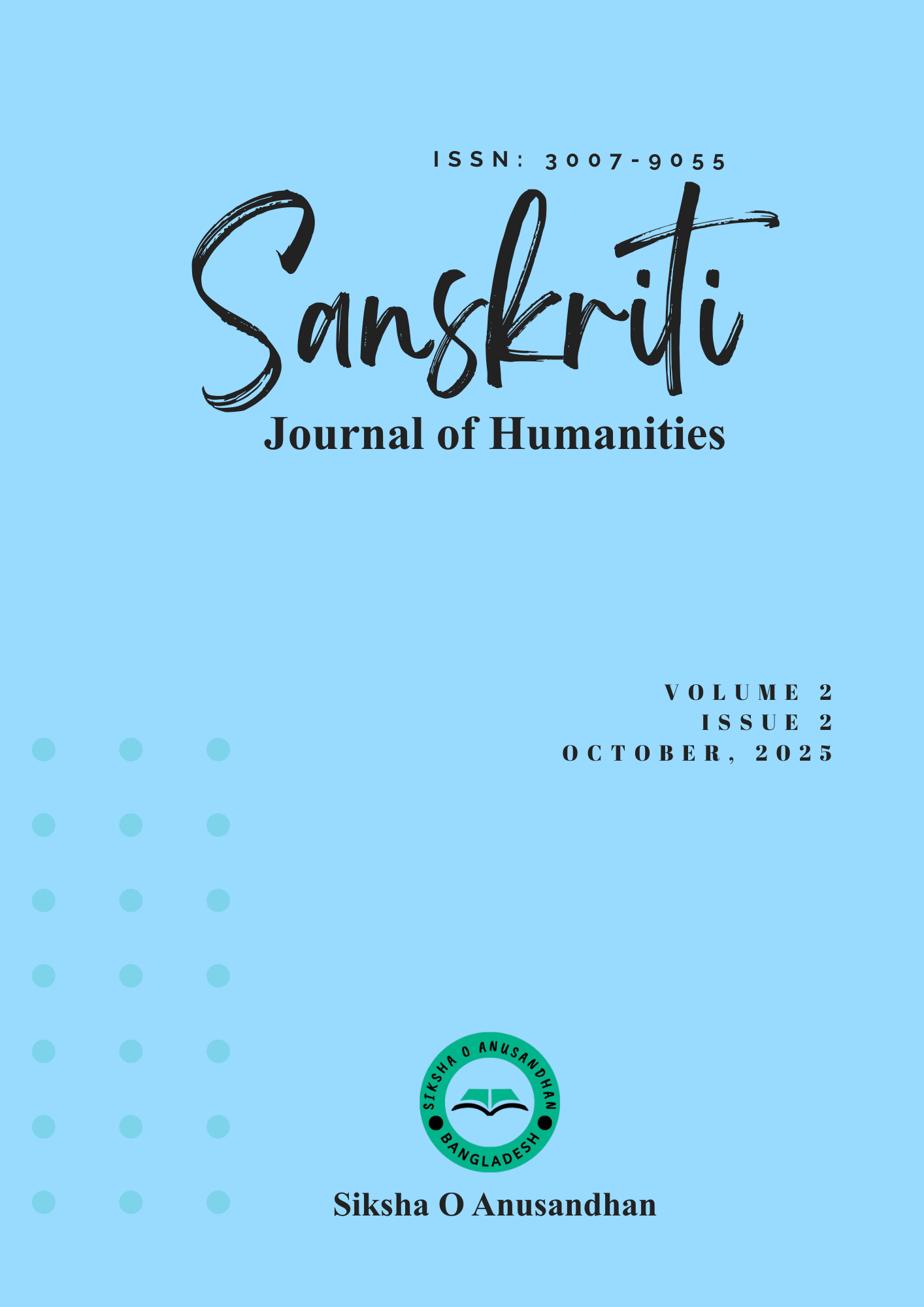Cultural Harmony: Future Strategies for Folk Culture and Consent-Based Marketing
DOI:
https://doi.org/10.70680/sanskriti.v2i2.2223Keywords:
Folk culture, Consent-Based Marketing, cultural heritage, consumer trust, ethical marketing, cultural sensitivityAbstract
This paper explores the intersection of folk culture and Consent-Based Marketing, focusing on how brands can ethically incorporate regional cultural elements in their marketing strategies. Folk culture, encompassing art forms, music, dance, and folklore, plays a significant role in shaping the identity of regional communities. Its integration into marketing efforts allows brands to foster a deeper emotional connection with local consumers, invoking feelings of nostalgia, pride, and cultural identity. Consent-Based Marketing, as introduced by Seth Godin, emphasizes the importance of obtaining explicit consumer consent before delivering messages, ensuring relevance and personalization. The paper argues that blending folk culture with Consent-Based Marketing can create culturally resonant campaigns that build trust, strengthen consumer-brand relationships, and respect local traditions. The research methodology consists of a comprehensive literature review and case study analysis. It examines existing academic work on folk culture and Consent-Based Marketing, as well as industry examples of successful campaigns. Through the analysis of case studies in FMCG, tourism, and e-commerce, the paper identifies best practices for incorporating folk culture into marketing strategies while addressing ethical concerns such as cultural appropriation. Case studies include the use of Madhubani art on packaging, Bihu dance in tourism campaigns, and folk music in e-commerce advertisements, each demonstrating how brands can create authentic and culturally sensitive marketing initiatives. The paper concludes by presenting a framework for integrating folk culture in Consent-Based Marketing campaigns, emphasizing the importance of respect for cultural heritage, community consent, and ethical practices. This approach not only enhances brand image but also strengthens the bond between brands and local consumers.
References
Bourne, J. K. (2001). Cultural marketing: An emerging discipline. Journal of Marketing, 62(2), 33–50.
Chaffey, D., & Ellis-Chadwick, F. (2022). Digital marketing: Strategy, implementation, and practice (8th ed.). Pearson.
Chitturi, R., Raghunathan, R., & Mahajan, V. (2008). Form versus function: The effects of extrinsic attributes on product evaluation and choice. Journal of Marketing, 72(2), 88–102.
Cova, B., & Cova, V. (2002). Tribal marketing: The tribalisation of society and its impact on the conduct of marketing. European Journal of Marketing, 36(5/6), 595–611.
Fournier, S. (1998). Consumers and their brands: Developing relationship theory in consumer research. Journal of Consumer Research, 24(4), 343–373.
Godin, S. (1999). Consent-based marketing: Turning strangers into friends, and friends into customers. Simon & Schuster.
Hirschman, E. C. (2003). Cultural marketing: The myth of cultural appropriation. Journal of Consumer Research, 30(4), 471–482.
Holt, D. B. (2002). Why do brands cause trouble? A dialectical theory of consumer culture and branding. Journal of Consumer Research, 29(1), 70–90.
Holt, D. B. (2004). How brands become icons: The principles of cultural branding. Harvard Business Press.
Keller, K. L. (2003). Strategic brand management: Building, measuring, and managing brand equity. Pearson Education.
Klein, J. (2000). Corporate social responsibility and its role in marketing. Journal of Marketing Research, 37(4), 438–455.
Kotler, P., & Keller, K. L. (2022). Marketing management (16th ed.). Pearson.
Kotler, P., Kartajaya, H., & Setiawan, I. (2021). Marketing 5.0: Technology for humanity. Wiley.
Morgan, N., & Pritchard, A. (2002). Marketing tourism destinations: A strategic approach. Elsevier.
Parker, S., & Pennington-Gray, L. (2015). Ethics and cultural marketing: A review of best practices. Journal of Business Ethics, 133(1), 153–168.
Peterson, R. A. (2017). The value of authenticity in marketing. Journal of Marketing, 73(4), 123–135.
Prahalad, C. K., & Ramaswamy, V. (2004). The future of competition: Co-creating unique value with customers. Harvard Business School Press.
Pratt, M. L. (1996). Imperial eyes: Travel writing and transculturation. Routledge.
Ramaswamy, V., & Ozcan, K. (2018). The co-creation paradigm. Stanford University Press.
Smith, C. (2005). The trust factor: How consent-based marketing builds relationships with customers. Journal of Marketing, 69(3), 7–18.
Thompson, C. J., Rindfleisch, A., & Arsel, Z. (2006). Emotional branding and the strategic value of the doppelgänger brand image. Journal of Marketing, 70(1), 50–64.
Zhou, L., & Belk, R. W. (2004). The role of culture in the consumer behavior of global markets. Journal of International Marketing, 12(3), 54–72.
Zichermann, G., & Linder, J. (2010). Game-based marketing: Inspire customer loyalty through rewards, challenges, and contests. Wiley.
Ziff, B., & Rao, M. (1997). Borrowed power: A history of cultural appropriation. University of Chicago Press.
Downloads
Published
Issue
Section
License
Copyright (c) 2025 Dr. Ravneet Kaur (Author)

This work is licensed under a Creative Commons Attribution-NonCommercial-NoDerivatives 4.0 International License.


.png)





